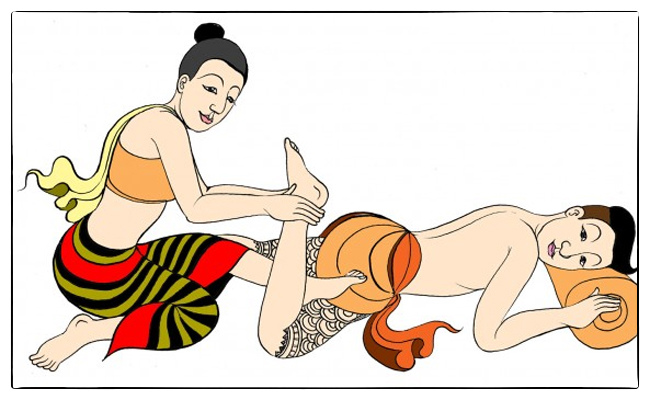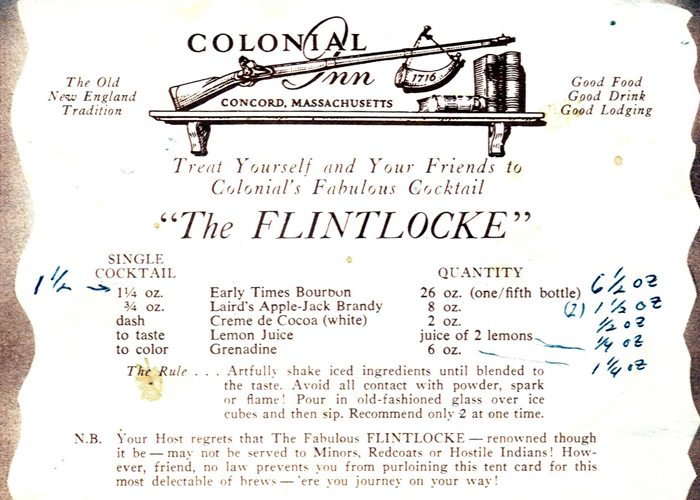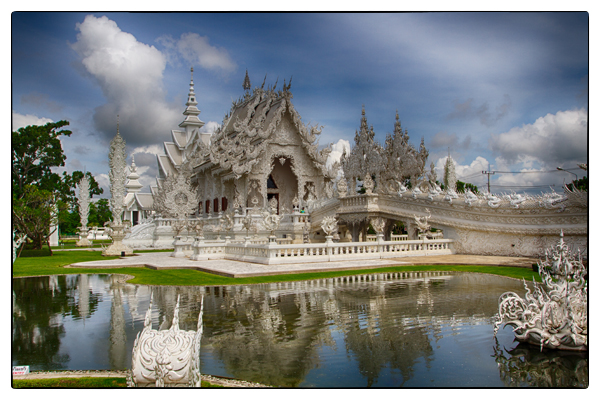I’ve moved on to Chiang Mai and am staying at the Rarinjinda Wellness Spa Resort where I’ve arranged to have a two-hour Thai massage this afternoon. This will be my third massage in Thailand. The first one, in Bangkok, was performed by a woman named Apple who, when we began, handed me a pair of disposable thongs and then stood there to make sure I put them on correctly. It was the best massage I’ve ever had in my life.
The second massage came from Moo (which means pig in Thai), a young man of small stature who, nonetheless, pounded me like an NFL linebacker. I was black and blue for two days. It was the worst massage I’ve ever had.
I have no idea what to expect this afternoon. Particularly since I’ve never had a two-hour massage before. What is there to work on for that long? I’m fearful to even imagine.
In a bookstore in Chiang Mai I came across a book titled Very Thai that I’d heard is not only entertaining but very informational. The author, Philip Cornwel-Smith (who is obviously not Thai), writes about pop culture in Thailand. Like “Why so many ladyboys?” and “What made society women’s hair so huge?” He also has an illuminating chapter on Thai massage from which I will just quote.
“Thailand has two massage cultures: clothed and unclothed. Don’t confuse the two. Enter a parlour signed nuad (massage) expecting nuad paen born (literally ‘ancient massage’) and you get, ahem, ‘young’ massage. This might involve ancient techniques, but more likely oil, towels, soap and a happy ending.”
“Though top-end spas uphold stringent etiquette, in less classy parlours the entrepreneurial urge may sometimes cross the professional line. As can happen worldwide, propositions get whispered in either direction, or hands may slip…Two American women complained to a Thai magazine of being felt up by health club masseurs, unaware that the four-star hotel is a discreet haunt of posh Thais seeking a tickle. Even some blind masseurs angling for a bigger tip have been known to press the wrong point accidentally-on-purpose. Though if rebuffed, their credible excuse smothers any offence.”
Having read this, I called down to the spa before my appointment and asked if, during my treatment, I’d be clothed or unclothed.
“No clothes,” said the cheerful girl on the other end. “But not worry. Masseuse is blind.”
Perhaps I’ll just profer the tip at the beginning of the treatment so we don’t have any “accidentally-on-purpose” misunderstandings.









Recent Comments